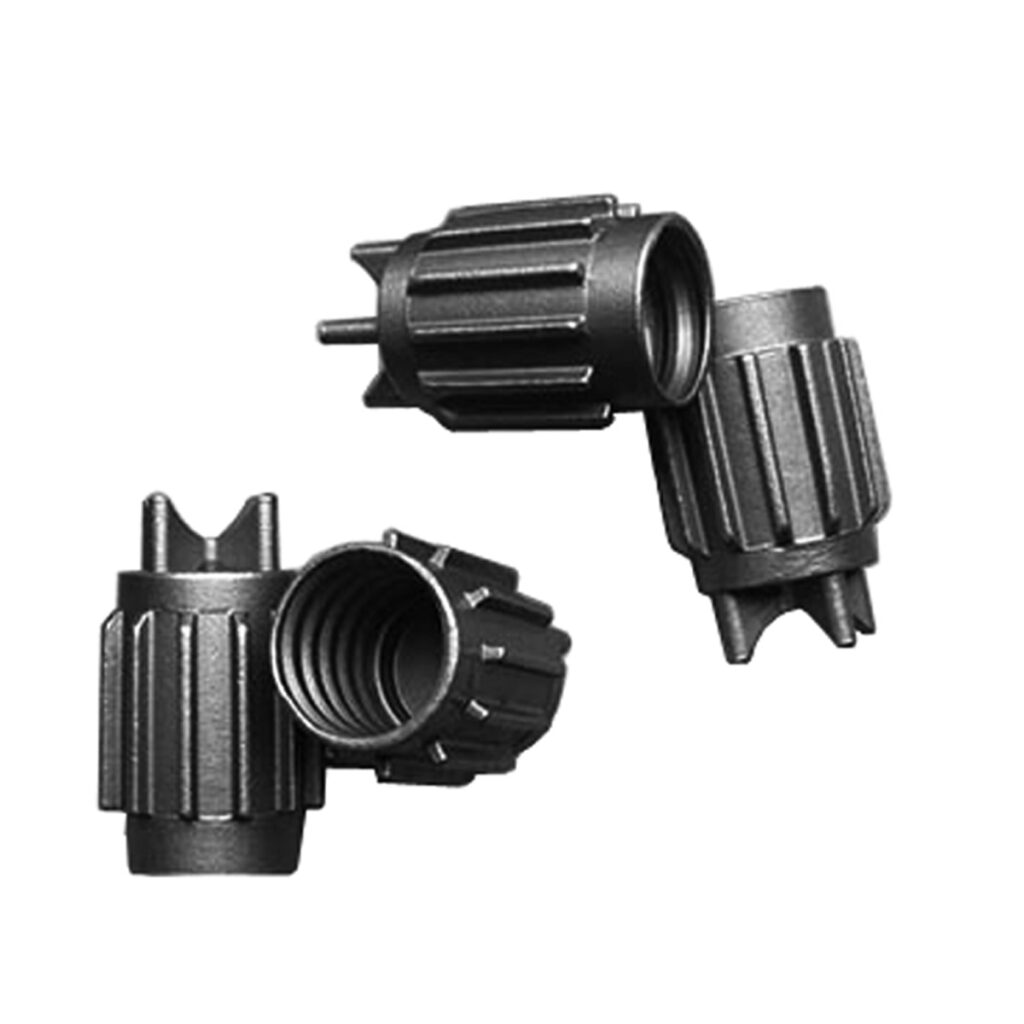Introduction
In the mining industry, wear-related equipment failures account for 42% of unplanned downtime (Global Mining Report 2023). Through advanced metallurgical treatments, we’ve developed solutions that extend component service life from 6 months to 2+ years in extreme conditions. This article reveals 7 proven alloy processing methods that deliver measurable improvements in:
✔ Abrasion resistance (up to 3.2x increase)
✔ Impact toughness (2-5x improvement)
✔ Corrosion resistance (5-8x longer in acidic slurry)
Process 1: High-Chromium White Iron (HCWI) Heat Treatment Optimization
1.1 Microstructure Engineering
| Parameter | Standard HCWI | Optimized HCWI |
|---|---|---|
| Hardness | 58-62 HRC | 64-67 HRC |
| Carbide Volume | 25-30% | 35-42% |
| Impact Energy | 7-10 J | 18-22 J |
Key Steps:
- Austenitizing: 980°C for 4 hours (vs conventional 950°C)
- Quenching: Air blast cooling at 15°C/sec
- Tempering: Double temper at 250°C
Field Result:
Crusher liners in Chilean copper mine lasted 28 months vs industry average 9 months.
Process 2: Boron-Enhanced Surface Alloying
2.1 Laser Cladding Parameters
| Variable | Specification |
|---|---|
| Alloy Powder | Fe-Cr-B (4.5% B) |
| Laser Power | 3.2 kW |
| Scan Speed | 12 mm/s |
| Layer Thickness | 1.2-1.5mm |
Performance Data:
| Test | Base Material | Boron-Treated |
|---|---|---|
| ASTM G65 Dry Sand | 120 mm³ loss | 35 mm³ loss |
| Slurry Erosion (pH=3) | 0.8 mm/year | 0.12 mm/year |
Process 3: Nano-Structured Bainitic Steel Processing
3.1 Thermal Cycling Protocol
- Austenitize: 900°C/1hr → Isothermal hold at 250°C/8hrs
- Resulting Structure:
- Bainite lath thickness: 20-40nm
- Retained austenite: 8-12%
Advantages:
- Impact toughness: 140 J at -40°C
- Wear rate: 0.002 g/m in Miller Number test
Process 4: Dual-Phase (DP) Steel Microalloying
4.1 Composition Design
| Element | Range | Effect |
|---|---|---|
| C | 0.25-0.35% | Martensite formation |
| Si | 1.8-2.2% | Retards cementite |
| Mo | 0.3-0.5% | Refines grain |
Heat Treatment:
- Intercritical annealing at 780°C → Water quenching
Results:
- Hardness gradient: Surface 58 HRC → Core 32 HRC
- Fatigue life: 2.7x conventional Mn steel
Process 5: Carbide-Reinforced Composite Casting
5.1 In-Situ Formation Technique
- Melt Addition: 6-8% Cr + 2.5% Ti
- Precipitates Formed:
- TiC: 2-5μm size
- M7C3: 10-30μm
Wear Test Comparison (ASTM B611):
| Material | Volume Loss (cm³) |
|---|---|
| Standard Hadfield | 4.2 |
| Composite | 1.05 |
Process 6: Cryogenic Treatment of Martensitic Steels
6.1 Deep Freeze Protocol
- Quench: Oil to room temperature
- Cryo: -196°C for 24 hours
- Temper: 180°C for 2 hours
Metallurgical Changes:
- Retained austenite reduced from 15% → <2%
- Carbide precipitation increased by 40%
Field Data:
Dragline bucket teeth showed 3.1x longer life in iron ore mining.
Process 7: Functionally Graded Casting (FGC)
7.1 Layered Structure Design
| Layer | Composition | Properties |
|---|---|---|
| Wear Face | 27% Cr white iron | 65 HRC |
| Transition | 12% Cr steel | 52 HRC |
| Core | Low-carbon steel | 28 HRC |
Manufacturing Method:
- Sequential pouring with controlled solidification
Benefits:
- No delamination under impact
- 50% lower cracking rate than welded overlays
Technical Comparison Table
| Process | Best For | Capital Cost | ROI Period |
|---|---|---|---|
| HCWI Heat Treat | Crusher Liners | $350K | 8 months |
| Boron Cladding | Shovel Teeth | $1.2M | 14 months |
| Nano-Bainite | Screen Decks | $600K | 10 months |
| DP Steel | Conveyor Parts | $200K | 5 months |
Implementation Roadmap
Step 1: Failure Analysis
- Wear mechanism identification (SEM/EDS)
- Hardness profile mapping
Step 2: Alloy Selection
| Wear Type | Recommended Process |
|---|---|
| High Stress Abrasion | HCWI + Cryogenic |
| Impact + Abrasion | Nano-Bainite |
| Corrosion + Wear | Boron Cladding |
Step 3: Field Validation
- 6-month monitored trial
- Life cycle cost calculation



One Response
Why Partner With Us?
✔ Mining-Specific Foundry: Dedicated HCWI production line
✔ In-House Testing: ASTM G65, Miller Number, slurry erosion rigs
✔ Global References: 120+ mining sites using our solutions